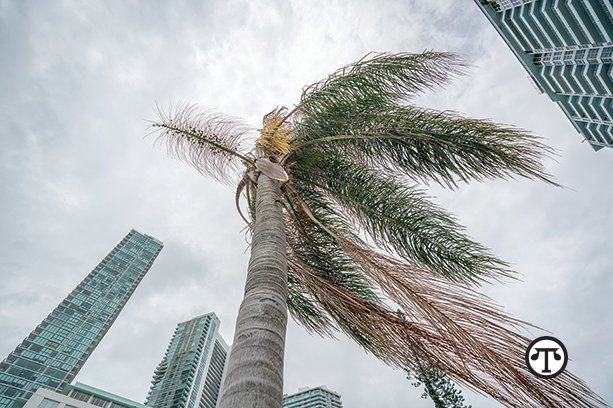2020 Hurricane Season Is In Full Swing—Eight Ways To Prepare Now

(NAPSI)—Hurricane season officially runs through November, and while no one can predict what lies ahead, there are things you can do to prepare. Here, T-Mobile offers eight ways to stay connected.
1.Make a disaster kit: Include things such as batteries, snacks, water, a first aid kit, a flashlight and device chargers.
2.Update your family, friends and emergency services contact numbers. Make sure they’re saved and backed up in your devices AND written down someplace accessible.
3.Subscribe to official text alerts and connect with official social networks to learn about new developments before, during and after a disaster.
4.Keep your mobile devices fully charged. Have charging cables handy and consider picking up a car or portable charging device.
5.Protect your technology with waterproof re-sealable plastic bags.
6.Download emergency-assistance apps from the Red Cross and FEMA.
7.Make sure your phone supports Wireless Emergency Alerts and that you have enabled notifications on your device. Visit t-mobile.com/wea for details on how to set up alerts on T-Mobile and Sprint devices.
8.Set up Wi-Fi Calling on your phone if you have a phone that supports it. For Apple phones, go to Settings > Phone > Wi-Fi Calling; for Android phones, go to Settings > More Connection Settings > Wi-Fi Calling.
Managing Service Interruptions
Even with the measures T-Mobile and other wireless operators take to prepare their networks against disasters, there is still the potential for power outages and other communication service interruptions.
If your mobile service is interrupted or spotty immediately following a hurricane, try the following:
•If you have home broadband and power but no mobile service, try Wi-Fi calling, which lets T-Mobile and Sprint customers with capable devices text and make and receive voice calls via any capable Wi-Fi connection. IMPORTANT: If you have to call 911 using Wi-Fi, be sure to give your address to the operator.
•If you have a connection to the T-Mobile and Sprint networks, keep calls to a minimum and as short as possible. This helps reduce the load on the network so others can get through.
•If you are a Sprint customer on the Sprint network, you can automatically roam on the T-Mobile network if the Sprint network is affected and T-Mobile is not.
•Send a text instead of making a call. Text messages get through more easily during times of congestion.
More Information
There are many options for staying up to date on response and recovery efforts: You can check the T-Mobile Newsroom at t-mobile.com/news; visit Twitter at @TMobile and @Sprint; follow T-Mobile’s President of Technology, Neville Ray, on Twitter; or call 611 from your T-Mobile or Metro by T-Mobile handset. In addition, Sprint customers can call 888-211-4727. You can also get the latest storm forecasts online from NOAA’s National Weather Service and the National Hurricane Center.
For further facts and tips on how T-Mobile prepares for and responds to disaster events, visit www.t-mobile.com.

“Hurricane season officially runs through November and while no one can predict what lies ahead, the experts at T-Mobile say there are plenty of things you can do to prepare to stay connected.https://bit.ly/3goGmJo”
